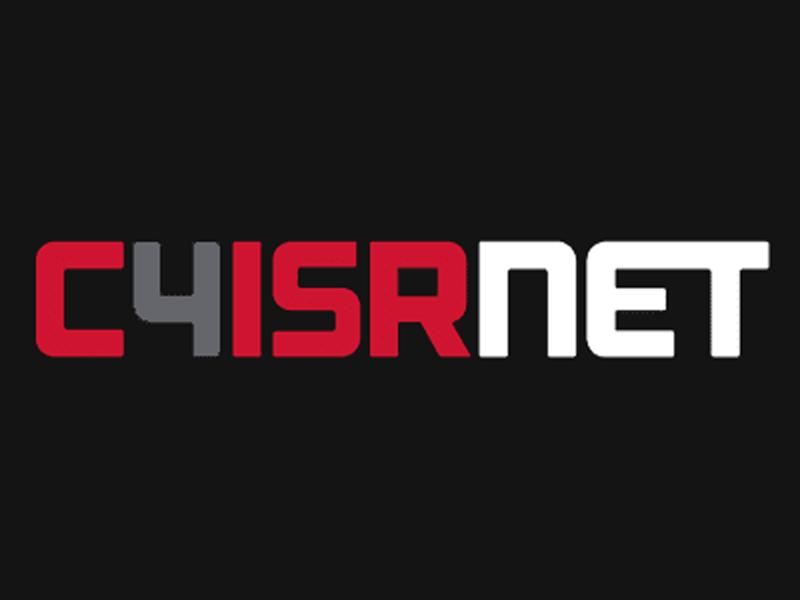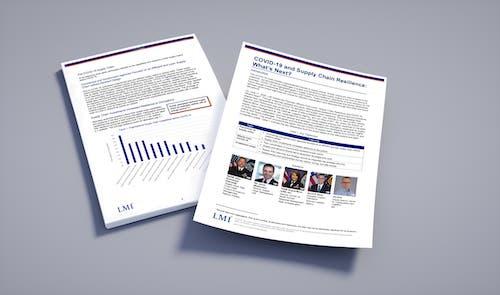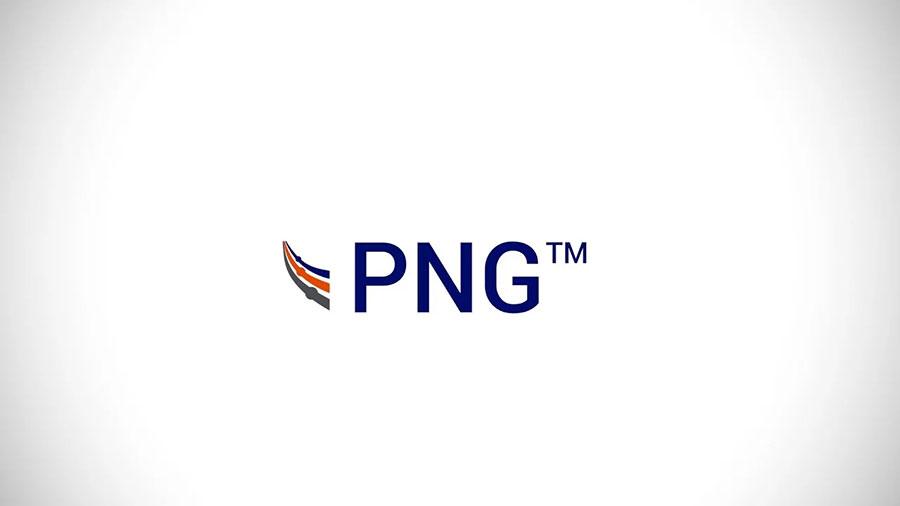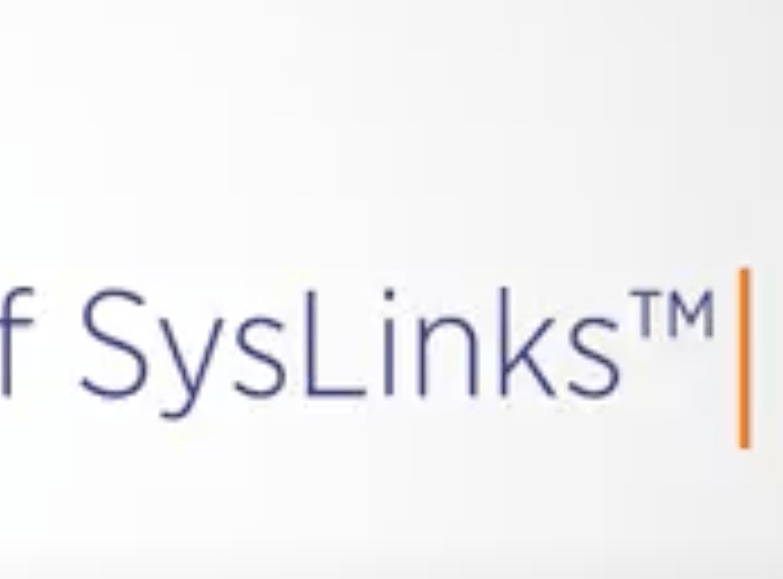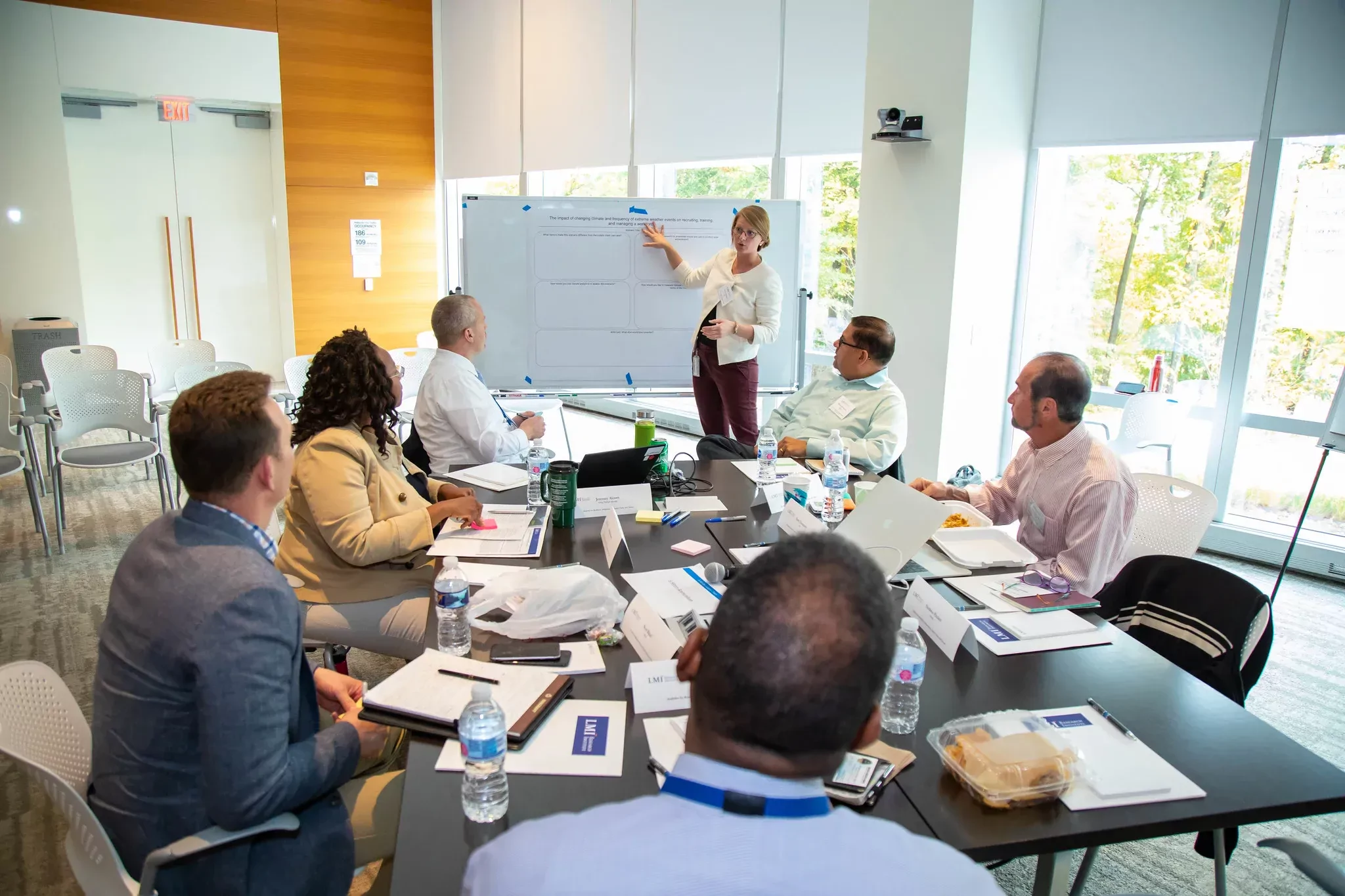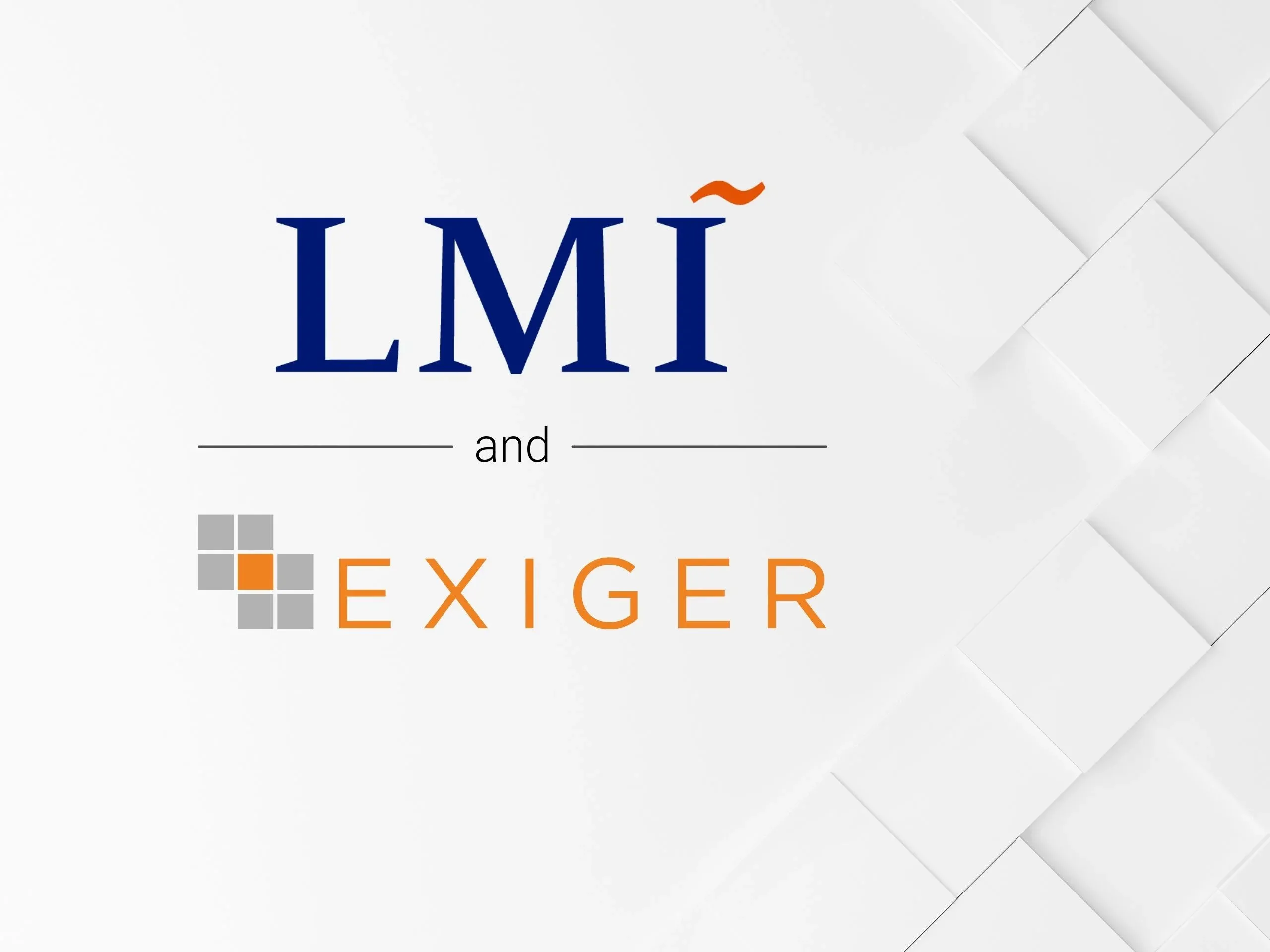
Reducing Supply Chain Vulnerabilities Using A Whole of Nations Approach
Scott Ritzel Risk Management, Logistics, Pandemic Response Support, DistributionWhile serving as Chief Risk Officer for the Defense Logistics Agency (DLA), I gained a deep understanding of supply chain risk and the complexity that surrounds it. But today, you don’t need deep domain knowledge in the field of logistics to understand how vital supply chains are or how broad the impacts can be if they become disrupted. The COVID-19 pandemic highlighted the critical role that supply chains play in everyday life and in a nation’s ability to protect and preserve the lives of its citizens. The way that many nations joined together, in a whole of nations approach, helped innumerable people survive. During this time, the phrase “supply chain” gained household notoriety after many items came under pressure, forcing consumers, businesses, and even the U.S. federal government to rethink the origin and routing of products and services. In February 2021, President Biden signed an Executive Order directing the government to review America’s supply chains that provide semiconductors, large capacity batteries, critical minerals and materials, and pharmaceutical ingredients. The initial assessment was published 100 days later and highlighted complex challenges with profound implications for the private and public sectors. This shared burden still demands a whole of nations approach that aligns priorities and unifies effort to reduce critical vulnerabilities and improve the resilience of America’s and its allies’ supply chains.
Acute Implications of Supply Chain Vulnerabilities
The 100-day report makes it clear: “more secure and resilient supply chains are essential to our national security, our economic security, and our technological leadership.”1 These deeper implications of supply chain vulnerabilities are attributed mainly to U.S. dependencies on foreign sources of supply. Resources like lithium, cobalt, nickel, and copper are essential to U.S. defense and aerospace industries. Yet, according to the 100-day report, China controls over 50% of rare earth mining and 85% of global refining operations. Similarly, U.S. dependencies on other nations for pharmaceuticals presents health and safety challenges to many Americans. Approximately 87% of the generic pharmaceutical ingredient facilities are overseas.
One of the most recognizable impacts of America’s overreliance on foreign sources is the ongoing shortage of semiconductors. The U.S. relies heavily on China and Taiwan for this essential production input, producing just 12% of global market share.1 The economic implications of this are broad and currently playing out in U.S. markets after American factories were forced into idle manufacturing after COVID-related demand shocks and labor market pressures squeezed the supply of semiconductors coming from overseas.
The Case for a Whole of Nations Approach
The 100-day report identified five interrelated themes that contribute to supply chain vulnerabilities:
- Insufficient U.S. manufacturing capacity
- Misaligned incentives and short-termism in private markets
- Industrial policies adopted by allied, partner, and competitor nations
- Geographic concentration in global sourcing
- Limited international coordination
Material changes to these themes would represent a paradigm shift away from how the public and private sectors operate today, making it doubtful either of them will influence these macro themes in isolation. For example, reshoring manufacturing will likely bring unattractive margin-shrinking tax structures and labor costs to the private sector. Without incentives and priority alignment with the public sector, decisions to pursue domestic manufacturing may not make the best business sense from the perspective of private entities. Similarly, private sector investment trades that favor resilient operations over efficiencies may increase operating costs and reduce the amount of net income that has traditionally been made available for shareholder distribution. Absent shared priorities with the public sector on supply chain vulnerabilities, the longer-term production decisions that companies face are likely to be misaligned with traditional business decisions that optimize cost reduction over resilience.
It’s also unlikely any one nation can influence these themes in isolation, especially in international coordination and global sourcing. If a nation calls for a global forum to discuss supply chain vulnerabilities but is unable to gain collaborative partnership from other nations, the effect of such discussions is a forgone conclusion. Moreover, if one nation pursues alternative sources of supply away from concentrated low-wage nations but others do not, the market is likely to remain concentrated and vulnerable to regional disruption.
As an alternative approach to siloed efforts to reduce supply chain vulnerabilities, a whole of nations approach would encourage private and public sectors to integrate and align priorities domestically, then encourage governments to do the same at the international level. This synchronization of private, public, and international efforts would position the global community to make impactful and lasting progress by strategically aligning priorities and unifying effort.
This level of synchronization isn’t easily achieved, so why would the private sector, the public sector, and governments labor so hard to align in such a way? Perhaps the propellant would be the mutual understanding that reducing vulnerabilities across the global supply chain requires synergistic action among private, public, and international communities. Business models, for example, despise uncertainty. A government-sponsored whole of nations approach could serve as a stabilizing force to strengthen supply chain security and build resilience throughout the private sector, which could lead to competitive advantage. Such sponsorship from the U.S. government could also ensure industry investments in domestic manufacturing capabilities that put America back on the path toward technological leadership and innovation. Similarly, only international cooperation can disentangle critical supply chains from regional concentrations and mitigate vulnerabilities across the globe.
American Leadership
America is in the best position to lead a whole of nations approach. It is considering expanding its multilateral diplomatic engagements to include supply chain vulnerabilities, as recommended in the Executive Order 100-day report. The broader recommendation to work with allies and partners also proposes that the President convene a global forum on supply chain resilience. These recommendations demonstrate that the U.S. government recognizes the importance of nations partnering with other nations to address supply chain vulnerabilities. The report also highlights the critical role of both public and private sectors in reducing vulnerabilities and asserts the Administration’s commitment to working with industry to strengthen America’s supply chains. Promises like these are necessary to achieving alignment and unity of effort. They also set the stage for impactful and lasting progress by synchronizing domestic and international efforts to reduce global supply chain vulnerabilities.
Implications for Risk Management Professionals
My experience as DLA’s Chief Risk Officer taught me that achieving strategic alignment and unity of effort to reduce vulnerabilities should also be pursued at the organizational level. An effective way to do this is by integrating functional risks into an organization’s enterprise risk management (ERM) program. As a result, the traditionally siloed-view of risks is transformed into a portfolio-view of the most critical risks to the enterprise. This new perspective enables alignment between functional and enterprise-level priorities and synchronizes the organization’s risk reduction activities. If your organization already has a mature ERM program, leverage it to achieve strategic alignment and unity of effort across your organization.
If ERM is a new concept to your organization, I offer a high-level “four-step” call to action for establishing an effective program.
(Step 1) Partner with a senior leader in your organization who will serve as a champion for ERM. Implementing ERM across an organization is a significant change initiative that requires senior leader endorsement to move it forward.
(Step 2) Design a governance structure tailored to the needs of your organization. Good governance begins with a solid framework and the ratification of roles, responsibilities, policies, and guidance. The most important aspect of a governance structure is creating a senior leader forum that brings executives together from across the enterprise to discuss risk from a portfolio-view and to make resourcing decisions relative to organizational risk exposure.
(Step 3) Employ a comprehensive, repeatable process to identify, assess, and mitigate risks at the functional level and assess those for enterprise-wide impact. This process should generate an enterprise-level risk profile that feeds back into the governance structure for awareness, discussion, and decision.
(Step 4) Align risk management activities to the budgeting, performance management, and strategic planning functions of your organization. Each of these have baselines, objectives, and risks that they face. An effective ERM program ensures risk appetite, tolerances, and mitigants are built into the planning processes for all three functions to reduce risk exposure and ensure objectives are met.
In practice, it takes much more than just four steps to establish an ERM program from scratch. This oversimplification merely conveys the four major themes necessary for an effective ERM program: executive championship, governance, process, and alignment.
Final Thought
The threat spectrum that supply chains operate in today is complex and continues to evolve. To improve supply chain resilience, risk management activities must also continue to evolve away from siloed practices. For a whole of nations approach to address macro-level vulnerabilities or an enterprise risk management approach at the organizational level, risk management is most effective when priorities are aligned and when stakeholders collaborate and work together to achieve shared objectives.
1 The White House, “Building Resilient Supply Chains, Revitalizing American Manufacturing, and Fostering Broad-Based Growth,” 2021, pages 6 & 9.


Scott Ritzel
Program Manager 1Scott, a retired Air Force colonel with over 30 years of logistics experience, served in the maintenance career field supporting a diverse portfolio, including fighters, bombers, rotary wing, conventional and nuclear munitions, and ground-based space systems.













